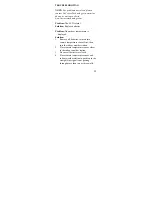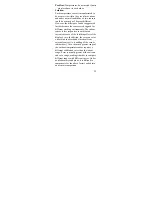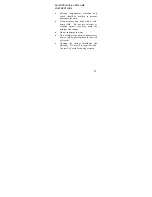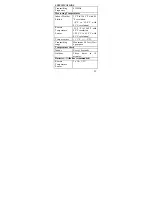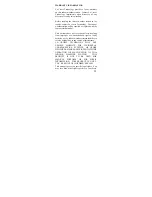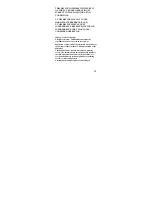
21
Problem:
Temperatures do not match if units
are placed next to each other.
Solution:
Each temperature sensor is manufactured to
be accurate to within 1 degree plus or minus
and under normal conditions, so two sensors
could be as much as 2 degrees different.
However, the difference can be exaggerated
further because the sensors are designed for
different working environments. The indoor
sensor is less responsive to ambient air
currents because of the shielding effect of the
display's case. In addition, the case can act as
a heat sink to absorb and store heat from
external sources (i.e. handling of the case or
radiant heat). Also, the much greater range of
the outdoor temperature sensor requires a
different calibration curve than the indoor
range. Error is usually greater at the extreme
ends of a range, making it harder to compare
different ranges with different curves. Under
non-laboratory conditions, it is difficult to
compensate for the above factors and obtain
an accurate comparison.














